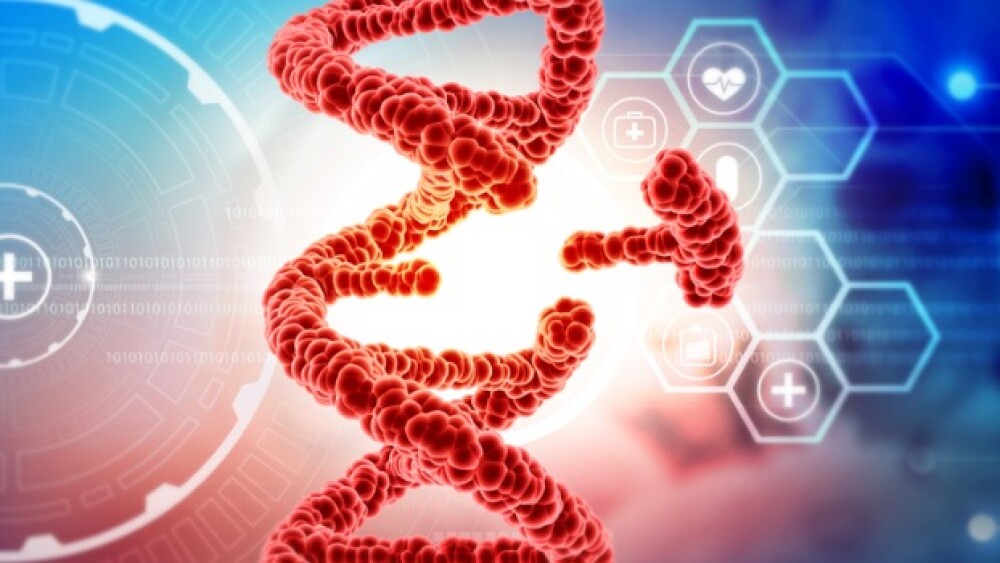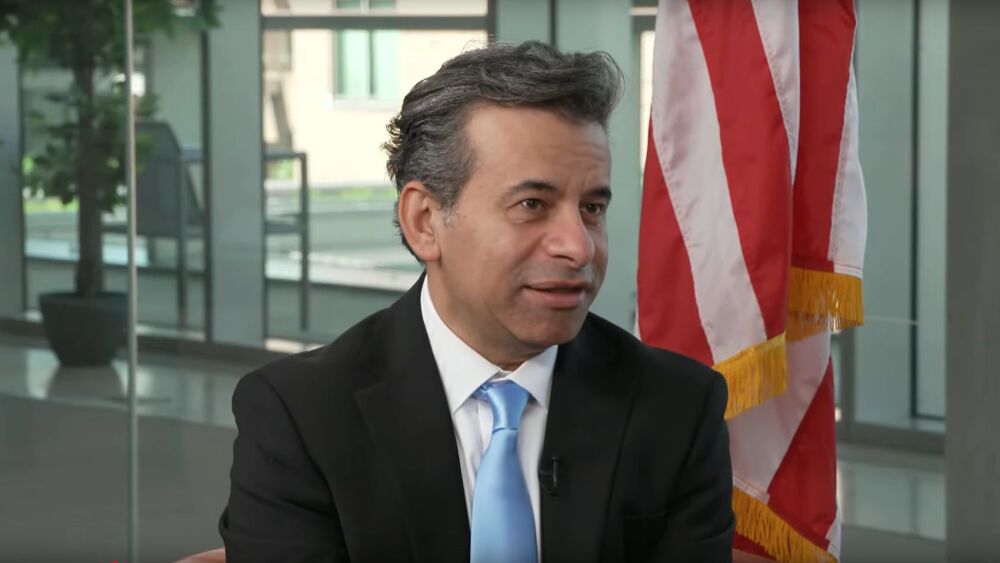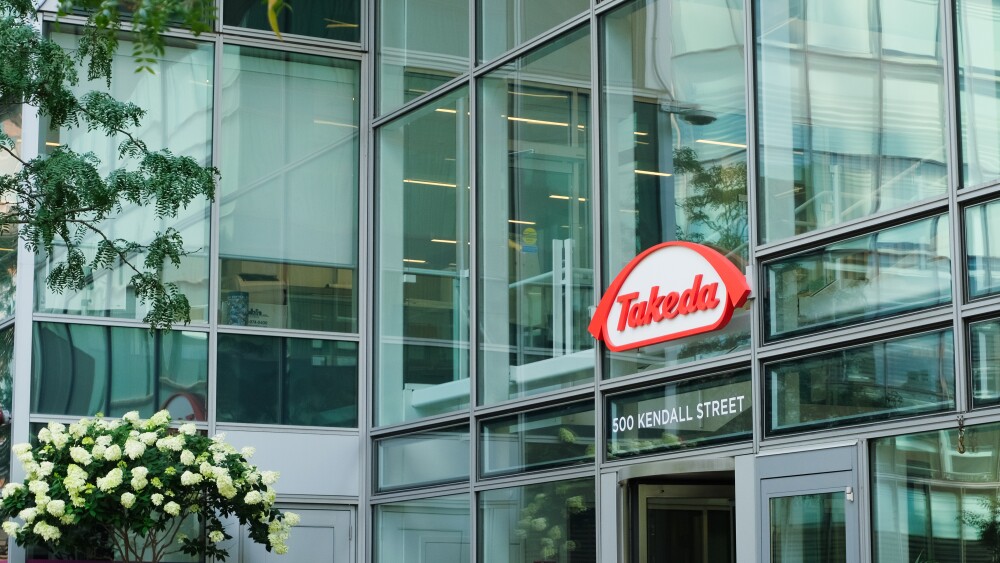Biotech Beam Therapeutics has dosed the first patient in a Phase I/II study of its base-edited CAR-T therapy in relapsed or refractory T-cell acute lymphoblastic leukemia/T-cell lymphoblastic lymphoma.
Pictured: Illustration of a base nucleotide being replaced out of DNA/iStock, Rasi Bhadramani
Beam Therapeutics on Tuesday announced it had dosed its first patient in the Phase I/II clinical trial of BEAM-201, an investigational allogeneic quadruplex-edited allogeneic CAR-T cell therapy.
The Massachusetts-based biotech is testing BEAM-201 in relapsed or refractory T-cell acute lymphoblastic leukemia/T-cell lymphoblastic lymphoma (T-ALL/T-LL), a typically challenging cancer to treat with limited treatment options, and for which allogeneic CAR-T therapies could make a “substantial impact,” Beam CEO John Evans said in a statement.
“We believe that the full therapeutic potential of CAR-T therapies, including the ability to utilize an allogeneic source of T cells, will only be unlocked through higher levels of cellular engineering enabled by multiple simultaneous genetic edits,” Evans said in Tuesday’s announcement, noting that the company’s base editing approach is “well-suited” for this application.
Base editing is an emerging precision medicine approach that works by precisely triggering mutations at a single nucleotide base. Unlike typical gene editing therapies, base editors do not introduce double-stranded breaks into the DNA, which lets them avoid unintended off-target effects associated with other gene therapies including induced mutations at other loci, which can lead to safety concerns and toxicities.
Beam’s base editors follow this principle and chemically transform one nucleotide base into another. BEAM-201 makes use of multiplex base editing to simultaneously silence several genes in a donor-derived T-cell, thereby producing a CAR-T therapy that is universally compatible and that can sidestep host rejection and immunosuppression.
Despite its huge clinical potential, the base editing approach has run into several regulatory roadblocks. In July 2022, the FDA put BEAM-201 under clinical hold and in a subsequent SEC filing the company revealed that this regulatory pause was due to the need for additional control data from the candidate’s genomic rearrangement studies. The FDA had also requested further analyses of BEAM-201’s off-target editing experiments.
The regulator released the clinical hold in December 2022 after Beam successfully addressed the FDA’s concerns.
Fellow Massachusetts biotech Verve Therapeutics also ran into an FDA pause in November 2022, when its investigational editor VERVE-101 was put on clinical hold. A month later, the regulator asked for more data on the candidate, which Verve is developing for heterozygous familial hypercholesterolemia. Trials in New Zealand and the U.K. are ongoing.
Tristan Manalac is an independent science writer based in Metro Manila, Philippines. He can be reached at tristan@tristanmanalac.com or tristan.manalac@biospace.com






